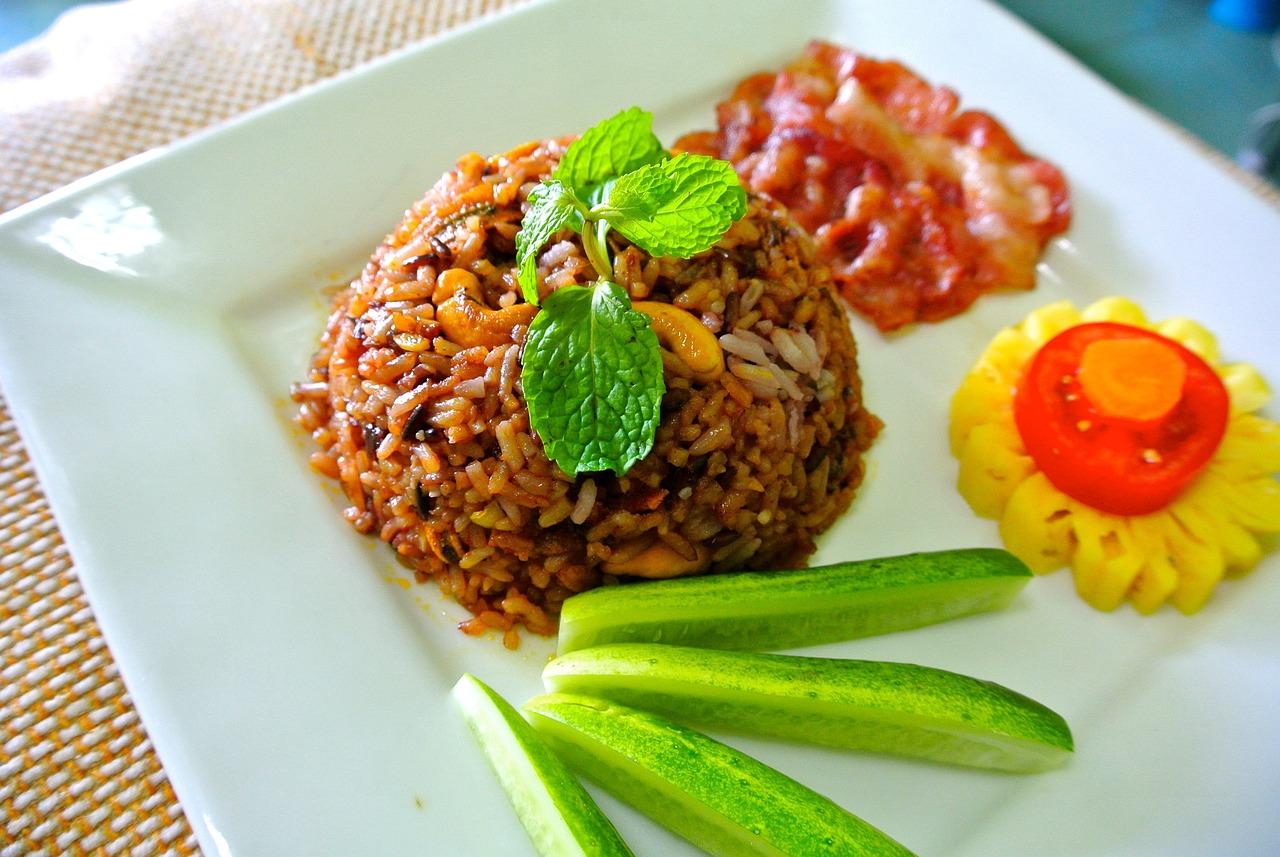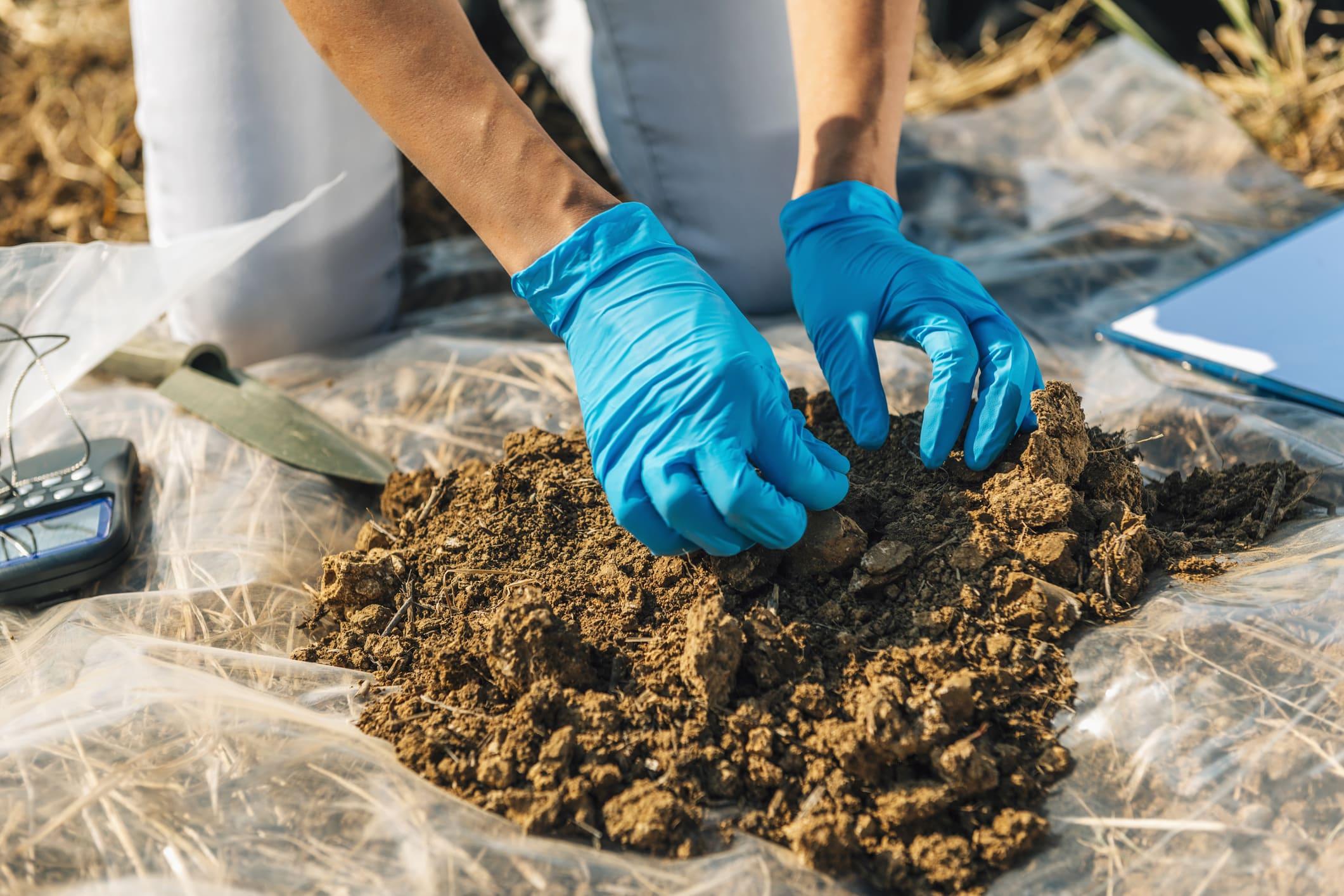The fruits and vegetables coatings market is experiencing significant growth in 2024, driven by a confluence of technological advancements, shifting consumer preferences, and heightened environmental awareness. As the demand for fresh produce that maintains its quality over time increases, the market for innovative coatings designed to preserve fruits and vegetables is expanding rapidly.

Key Drivers of Market Growth
One of the primary drivers of growth in the fruits and vegetables coatings market is the increasing consumer awareness of food safety and quality. More people are becoming educated about the benefits of consuming fresh produce that retains its nutritional value and taste for extended periods. This growing awareness is fueling demand for products that can effectively extend shelf life and reduce food spoilage.
Technological advancements are also playing a crucial role in market growth. Researchers and companies are continuously developing new coating materials that are not only more effective but also environmentally friendly. Innovations in edible coatings, made from natural substances like polysaccharides, proteins, and lipids, are becoming more prevalent. These coatings create a protective barrier on the surface of fruits and vegetables, slowing down the processes that lead to spoilage and degradation.
Innovations and Sustainability
The push towards sustainability is a significant factor contributing to market growth. Consumers and producers alike are increasingly seeking sustainable solutions to minimize their environmental impact. The development of biodegradable and compostable coatings is a response to this demand. These coatings are designed to decompose naturally, reducing pollution and contributing to a more sustainable food system.
Nanotechnology is another area of innovation driving growth. Nano-coatings, which involve the application of extremely thin layers of protective materials, are gaining traction for their superior performance in preventing spoilage and contamination. These advanced coatings provide enhanced protection without compromising the natural appearance or taste of the produce, making them highly attractive to both consumers and producers.
Market Challenges
Despite the positive trends, the fruits and vegetables coatings market faces several challenges. Regulatory requirements and the need for rigorous testing to ensure the safety and effectiveness of new coatings can slow down the introduction of innovative products. Additionally, consumer skepticism about the safety of certain coating materials can pose a barrier to widespread market adoption.
However, ongoing research and development efforts are addressing these challenges. Industry stakeholders are working collaboratively to ensure that new coatings meet regulatory standards and gain consumer trust. This collaborative approach is essential for overcoming obstacles and driving further growth in the market.
Future Outlook
The future outlook for the fruits and vegetables coatings market is highly optimistic. As technology continues to evolve and sustainability becomes an even more significant focus, the market is poised for continued expansion. Companies are investing heavily in research and development to create coatings that are not only effective but also align with global sustainability goals.
Collaborative efforts between researchers, manufacturers, and policymakers will be crucial in driving market growth. By working together, these stakeholders can develop innovative solutions that meet the needs of consumers while addressing environmental concerns.
For more info: https://www.gmiresearch.com/report/fruits-and-vegetables-coatings-market-analysis-industry-research/
In conclusion, the fruits and vegetables coatings market in 2024 is marked by rapid growth driven by technological advancements, increasing consumer awareness, and a strong focus on sustainability. As the industry continues to innovate and adapt to changing market demands, it will play a vital role in enhancing food preservation, reducing waste, and promoting healthier, more sustainable eating habits.






